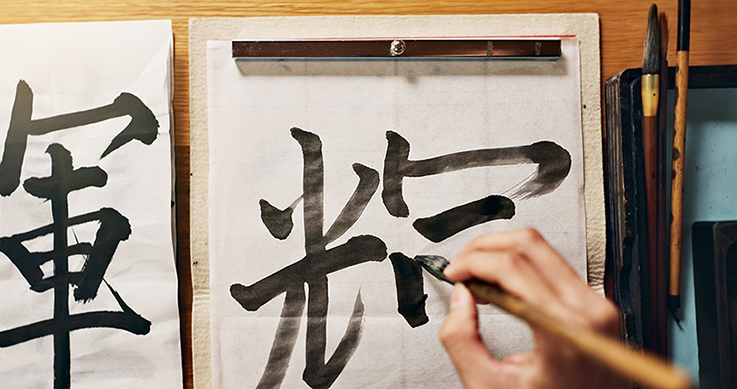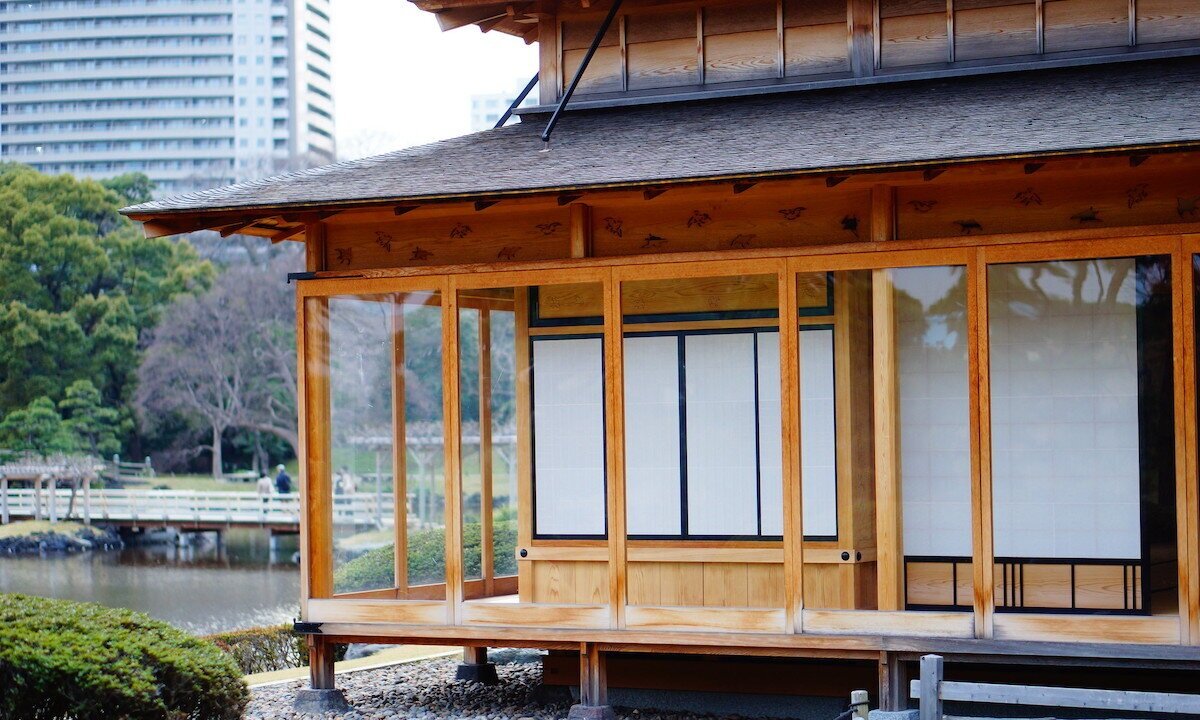Japan is home to some of the world’s most stunning castles, each with its own rich history and unique features. Two of the most iconic castles in Japan are Osaka Castle and Himeji Castle. Both are recognized for their impressive architecture and historical importance, but they differ in several ways, including their design, historical significance, and the role they played in shaping Japan’s history. In this article, we will explore the key differences and similarities between Osaka Castle and Himeji Castle, offering a comprehensive comparative study of these two architectural masterpieces.
1. Historical Background
Osaka Castle
Osaka Castle was originally constructed in the late 16th century by Toyotomi Hideyoshi, one of Japan’s most famous warlords. Hideyoshi sought to consolidate his power after the tumultuous Sengoku period (Warring States period), and Osaka Castle was designed to be a symbol of his dominance. It was initially built in 1583 and played a central role in the unification of Japan. However, the castle was destroyed in the early 17th century during the Siege of Osaka and was later reconstructed. The current structure, which stands today as a symbol of Osaka, was completed in 1931.
Over time, Osaka Castle has been a central figure in Japanese politics, serving as a strategic military fortress during the civil wars and as a symbol of power and authority under the Toyotomi clan.
Himeji Castle
Himeji Castle, often referred to as the “White Heron Castle” due to its elegant white exterior, is one of Japan’s oldest and most well-preserved castles. Construction began in 1333 as a small fortress and was expanded in the 16th century into the grand structure that exists today. Unlike Osaka Castle, which suffered destruction and subsequent reconstruction, Himeji Castle remained largely intact through the centuries, surviving wars, natural disasters, and modernization efforts.
Himeji Castle is considered the finest surviving example of Japanese castle architecture and is a UNESCO World Heritage site. It is often regarded as the most beautiful and best-preserved castle in Japan.
2. Architectural Differences
Osaka Castle Architecture
Osaka Castle was designed as a multi-layered fortress with defensive features and elegant design elements. The castle’s exterior combines traditional Japanese architectural styles with influences from the Western Renaissance. One of the most distinctive features of Osaka Castle is its massive stone walls, which were built to withstand military attacks. The top of the castle is adorned with a gold-plated roof, a symbol of Toyotomi Hideyoshi’s wealth and power.
The castle’s inner structures are also impressive, featuring several floors with intricate detailing, including beautiful painted panels, golden embellishments, and well-designed rooms that reflect the power of the Toyotomi clan. Despite having undergone numerous reconstructions, Osaka Castle still retains its grandiose appearance and significance as a symbol of Osaka’s history.

Himeji Castle Architecture
Himeji Castle is a striking example of traditional Japanese castle design, with its white plastered walls and sweeping, curved roofs that give the castle its graceful appearance. Its architecture is designed to be both functional and aesthetically pleasing, with features that prioritize defense as well as elegance. Unlike Osaka Castle, Himeji Castle has remained remarkably intact over the centuries and is a prime example of an authentic Japanese castle.
The castle is known for its sophisticated defensive features, including a complex network of gates, moats, and hidden paths designed to confuse potential attackers. The top floors of the castle provide panoramic views of the surrounding area, offering a strategic advantage for its defenders. The intricate design of the castle’s layout, with its maze-like passages, multiple entrances, and clever use of elevation, speaks to the castle’s defensive and strategic importance.
3. Cultural Significance
Osaka Castle
Osaka Castle holds immense cultural significance as a symbol of Osaka’s strength and historical legacy. It represents the ambition of Toyotomi Hideyoshi, who sought to unite Japan under his rule. The castle has also been a focal point of political power, serving as a military stronghold during several key conflicts, including the Siege of Osaka in the early 17th century.
Today, Osaka Castle serves as a major tourist destination and cultural landmark. It is located within a large public park and features a museum that showcases artifacts and exhibits related to the history of Osaka Castle and the Toyotomi clan. The castle is also a popular site for cherry blossom viewing in the spring, attracting millions of visitors each year.
Himeji Castle
Himeji Castle’s cultural significance lies in its status as the best-preserved and most complete example of traditional Japanese castle architecture. As a UNESCO World Heritage site, Himeji Castle is recognized globally for its historical and architectural importance. The castle is often considered a symbol of Japan’s feudal past and is admired for its unaltered design and beautiful aesthetic.
In addition to its historical and architectural importance, Himeji Castle also holds cultural value as a popular site for festivals and events. One of the most notable is the Himeji Castle Cherry Blossom Festival, where visitors can enjoy the breathtaking sight of cherry blossoms in full bloom against the backdrop of the castle’s majestic white walls.
4. Tourism and Accessibility
Osaka Castle
Osaka Castle is a central tourist attraction in the city of Osaka, which is one of Japan’s largest and most modern cities. It is easily accessible from major transportation hubs like Osaka Station, making it a popular destination for both international tourists and locals. The castle grounds include a beautiful park, where visitors can enjoy strolling, picnicking, and participating in seasonal events.
Although the interior of Osaka Castle is a modern reconstruction, the museum inside offers visitors a chance to learn about the history of the castle, the Toyotomi clan, and Osaka’s role in Japanese history. Visitors can also enjoy stunning views of the surrounding city from the top of the castle.
Himeji Castle
Himeji Castle is located in Himeji City, which is easily accessible by train from major cities like Osaka and Kobe. The castle is one of Japan’s most popular tourist destinations, attracting visitors from around the world who come to marvel at its preserved beauty and historical significance. The castle is open to the public year-round, with special events and exhibitions held throughout the year.
Unlike Osaka Castle, Himeji Castle retains much of its original structure, offering a more authentic experience for those interested in Japan’s feudal past. The castle’s grounds are well-maintained, and the surrounding area includes scenic gardens and other historical sites.
5. Conclusion
Both Osaka Castle and Himeji Castle are iconic symbols of Japan’s feudal history, but they differ in terms of their historical context, architectural design, and cultural significance. Osaka Castle, though partially reconstructed, represents the legacy of Toyotomi Hideyoshi and the power struggles of the Warring States period. It is an enduring symbol of Osaka’s importance in Japan’s history.
On the other hand, Himeji Castle is a pristine example of traditional Japanese castle architecture and remains largely unchanged since its construction. Its graceful design and intact defensive features make it a treasure of Japan’s cultural heritage.
Whether you’re captivated by the grandeur of Osaka Castle or the timeless elegance of Himeji Castle, both landmarks offer a unique opportunity to delve into Japan’s rich history and architectural achievements.











